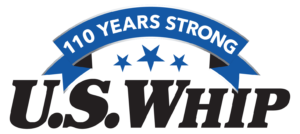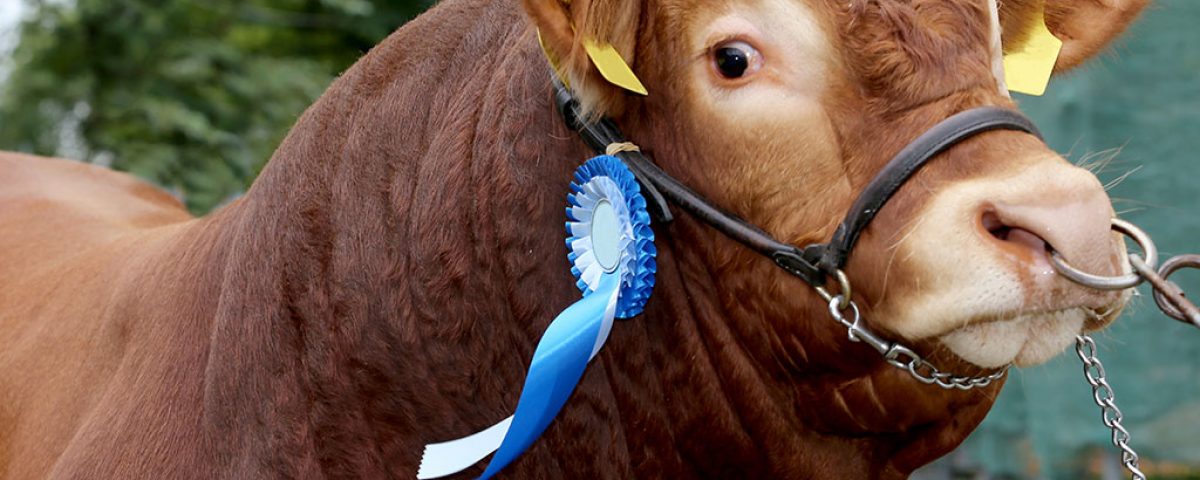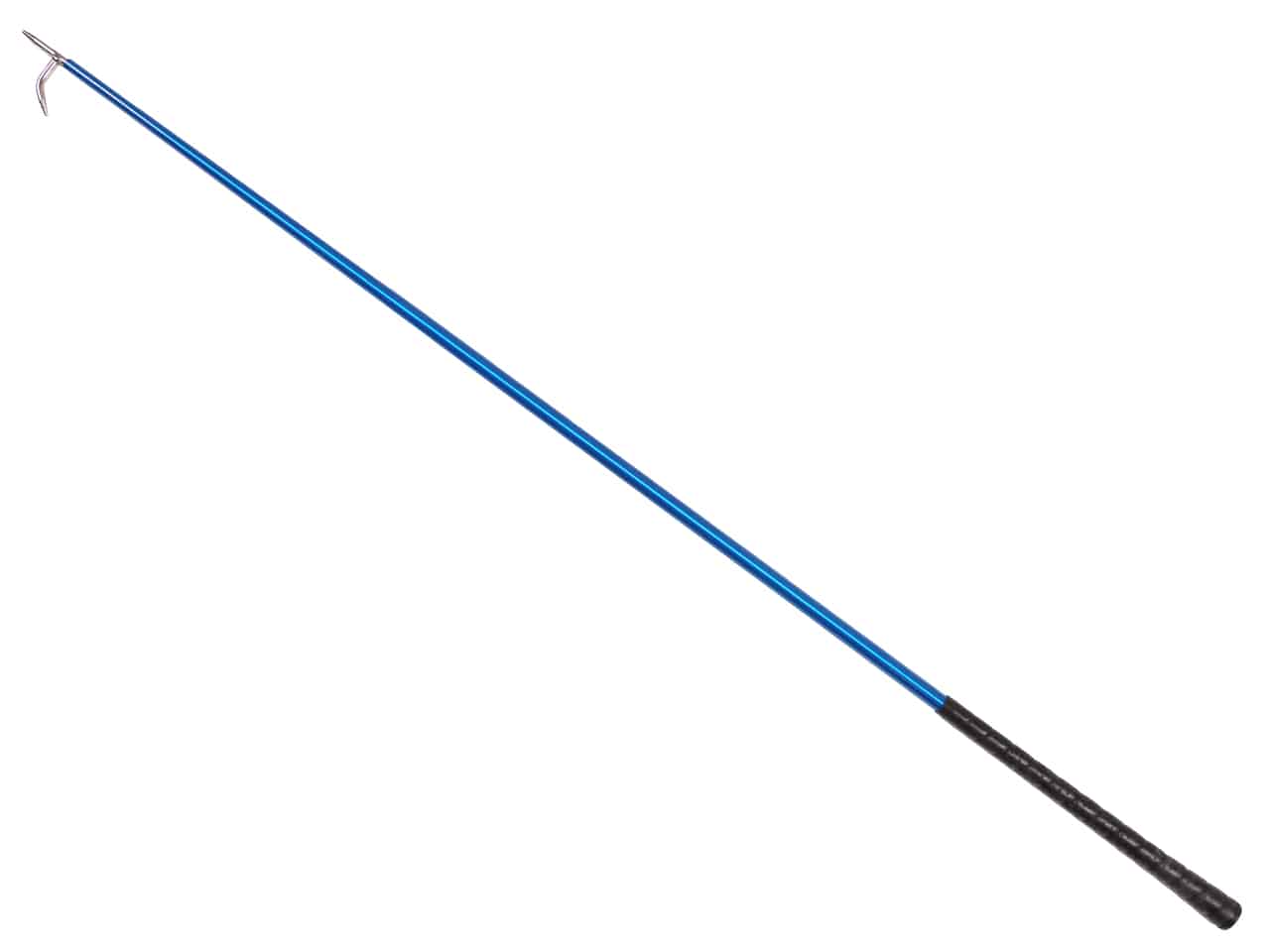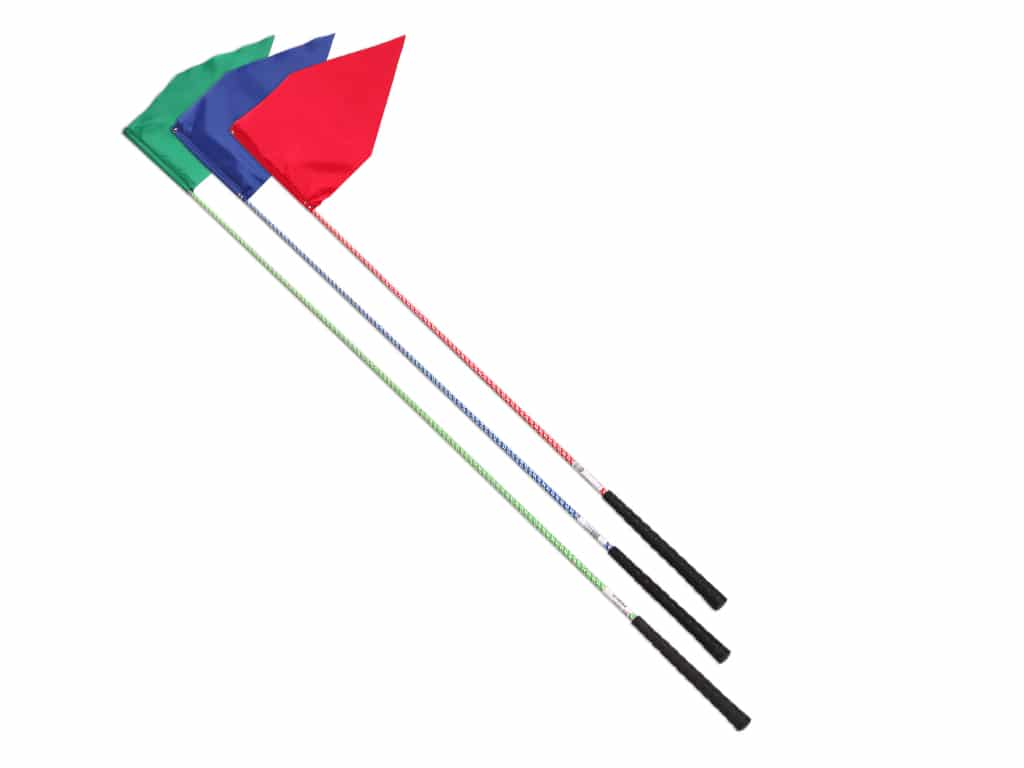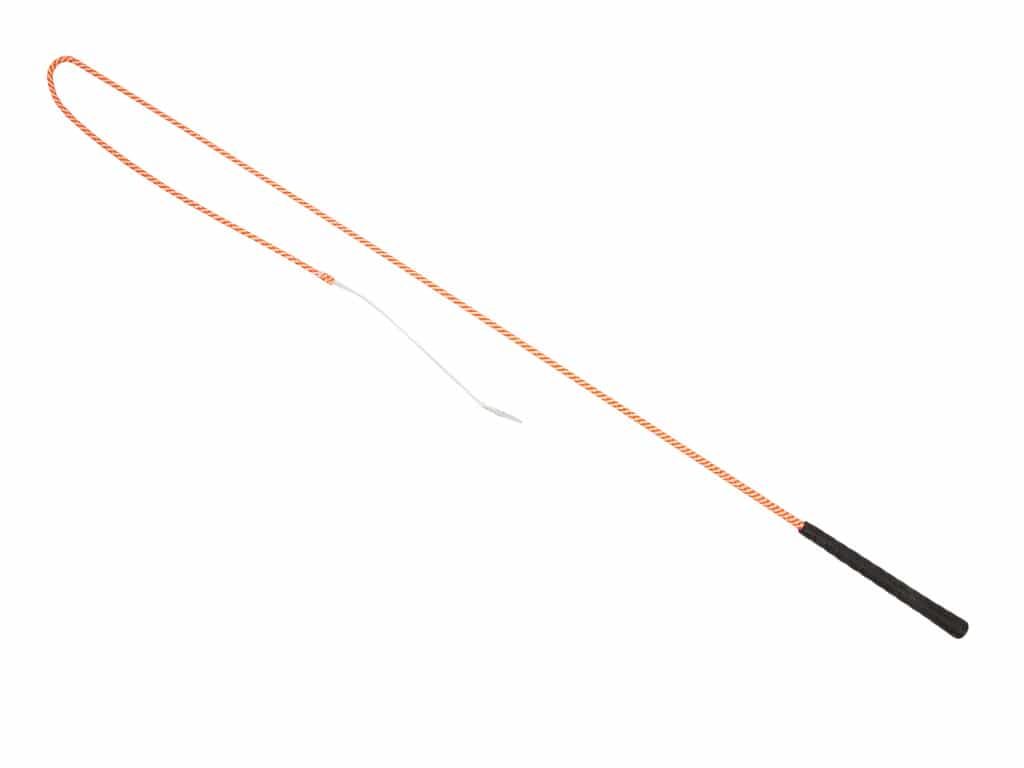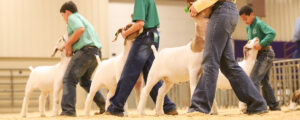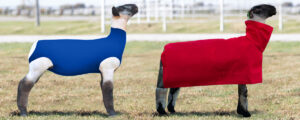When preparing cattle for a stock show, their coat is of primary importance. It’s the most prominent feature and will catch the judge’s eye first. So how do you maintain a healthy layer of seasonal cattle hair all year long? Grooming cattle for a show requires more than just brushing to produce a dazzling gleam. Here are five tips for dealing with seasonal cattle hair to help you take home the prize.
Learn about the hair growing cycle
How fast does cattle hair grow? It depends on the season. Cattle grow new hair naturally in preparation for winter, but in warmer months, you’ll need to help the process. Cattle hair grows in 90-day cycles, so you’ll want to consider that as you approach your show date. For a show in August, for example, you’ll want to remove all of the older hair by May to produce a healthy new coat of hair. Start the hair removal process at least 100 days out to ensure your animal is in peak condition. Register for shows at least four months in advance, so you have time to maximize their coat.
Choose your preferred method of removing seasonal cattle hair
Some show men and show women prefer to use a brush, while many use shears for removal. There are advantages to both ways, so you’ll want to choose what works best for you. Shearing is the most thorough and convenient method. When shearing, you’ll want to clip your animal in a downward direction, going with the grain. A plucking blade or beveled blade or comb is a good choice. Start at the top of the hairline and follow through all the way to their belly. Then blend to leave some hair remaining at their quarter leg, forearm, and underline. If you choose the brushing method, it will take a little longer, but it also protects new growth. Use a brush or comb with downward strokes to remove all of the dead hair. Brushing show cattle protects new hair from getting clipped away and ensures a quick start to growth.
Encourage new hair growth
Rinse cattle daily and use a conditioner that will protect their hair and skin. You don’t need to shampoo each time you condition, but shampoo at least twice a week. When freshly rid of old hair, you can dry cattle with just a brush and fan. Once the new hair gets longer, a blow dryer will be more effective. When their hair is clean and dry, apply a light oil to replace the natural oils that get rinsed away. Plenty of water and balanced nutrition are also essential to promoting new growth, especially in warmer months, when many animals consume less of both.

Get a handle on the temperature
Cattle are designed to grow hair in preparation for winter. So to generate new growth in warmer months, you’ll need to adjust their surroundings. Placing them in darker, colder rooms will tell their mind and body that it’s time to grow new hair. Tie your animals to cooler rooms or place them under fans in the early part of the day, when temperatures are highest. Then you can turn them out in the evening when the sun has gone down to trigger new hair growth.
Make sure that you have the right tools
To simplify seasonal cattle hair removal, you’ll want to use the best tools. A good investment in quality tools will make for quick work and will carry you through many seasons. Some tools to consider are:
Cattle Clippers
choose clippers in multiple sizes to accommodate different areas. A large clipper will quickly shear the body, while small clippers can get to those hard-to-reach places like the inner ears.
Blow Dryer
A blow dryer will help the cattle’s hair stick up, to make for easier clipping. It’s also useful at the show, to smooth away any dirt or stray hairs.
Topline Brush
Use this to assist with trimming, but also to remove hair from the cow. Many judges look for a fluffy coat, so thorough brushing shows that you take great care of your cattle.
Hair Adhesive
You’ll want to take this to the show to keep cattle hair in place. However, practice with it in advance of the show, to determine the best amount and to prevent a sticky mess.
Blade Lubricant
Keep your blades sharp and smooth to produce the sleekest finish. A sharp blade cuts more quickly and guarantees an even trim.
Dealing with seasonal cattle hair is easy when you know the steps to take. Plan your maintenance program around their growth cycle to produce the best coat for show season. Select the best tools for hair removal and to encourage healthy new growth. Make sure your cattle are in the optimal environment and receiving adequate nutrition and hydration. With these simple tips, you’ll produce beautiful cattle that you will be proud to show. To learn more about dealing with seasonal cattle hair, contact us today.
